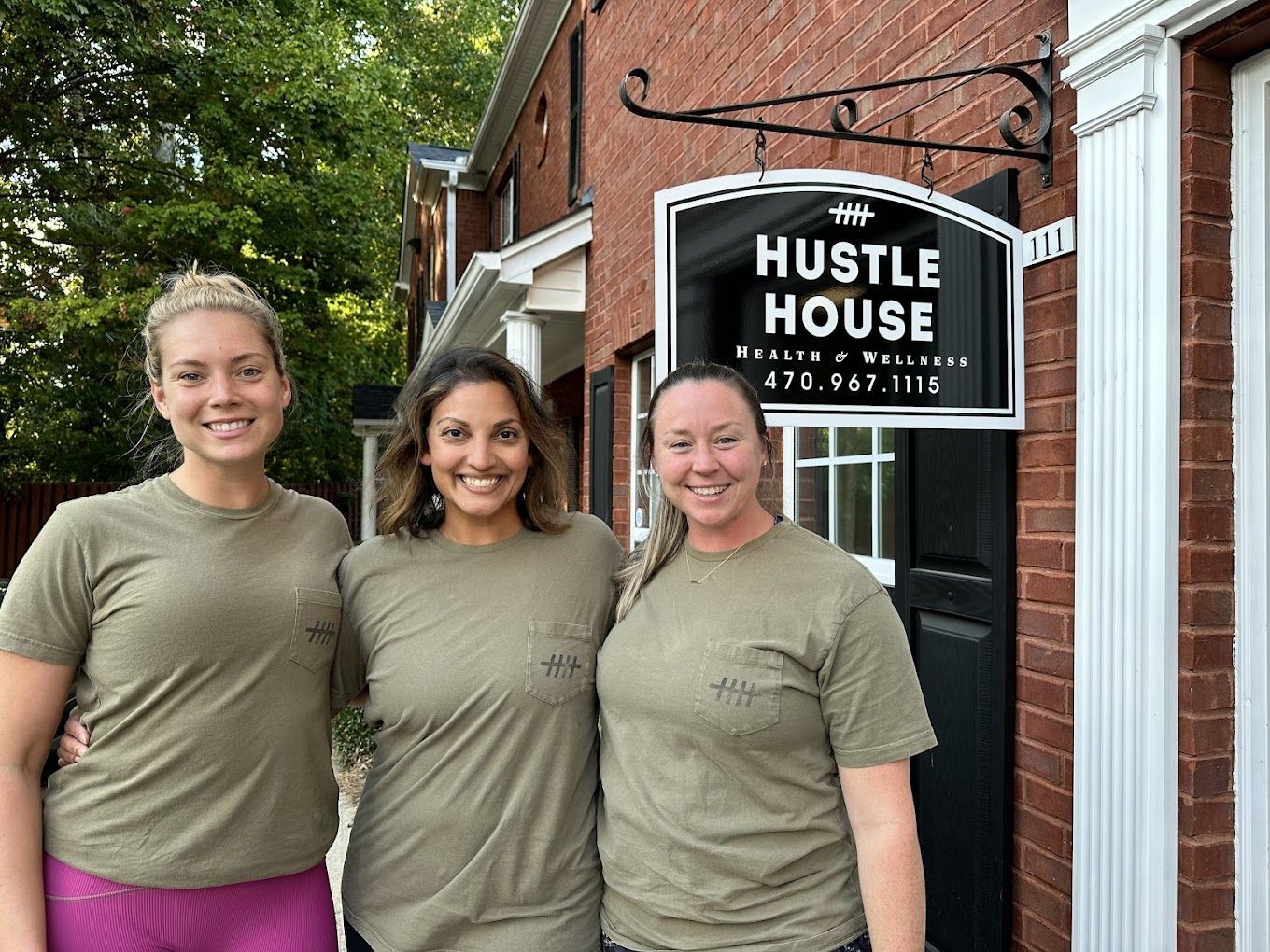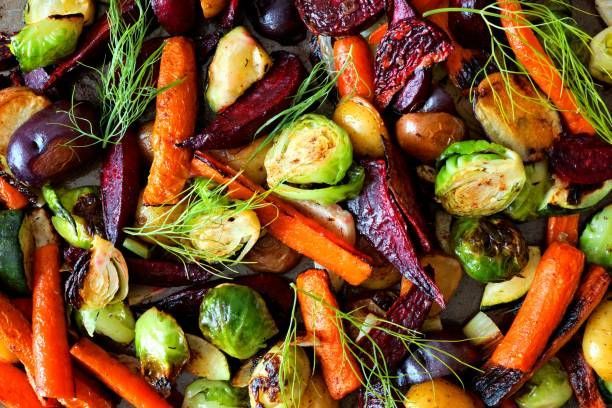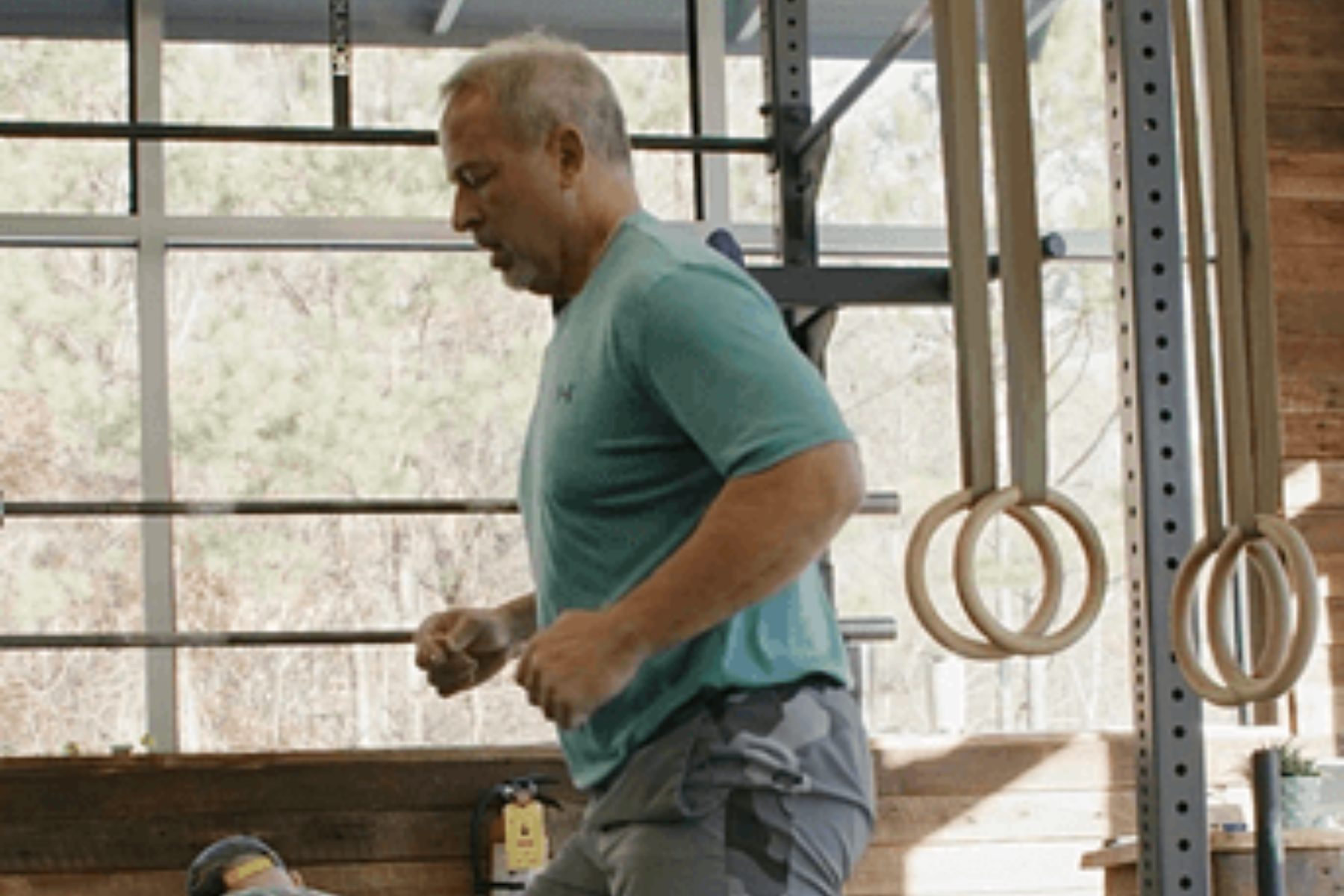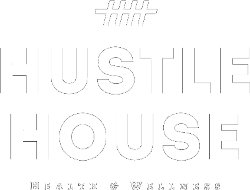Squat versus Deadlift
Which lower body movement is “King of the Lifts”?
The squat and deadlift are the two staple movements of a lower body training program. The squat and hip hinge are also two fundamental human movement patterns and are important for normal daily function. They also require a large percentage of muscle recruitment making them essential for developing muscle mass as well as increasing neurological capacity and hormonal output.
The squat and deadlift are also both elegantly simple in theory yet technically complex in application which can make them intimidating for new lifters. The human body is capable of moving tremendous loads with these movements and to stay safe you must master the basics. After all, strength training should always be performed with the proper coaching, equipment, and environment to keep you safe as an athlete.
When it comes to strength training many athletes tend to prefer one lift over the other. There are many reasons for this. Comfort. Body type. Skill level. To name a few. Some people may have stayed away from performing either the squat or the deadlift from a negative past experience or injury.
Let’s take a look at:
- Who should be training squats and/or deadlifts,
- The benefits and muscle groups worked, and…
- The Volume and Intensity you should be using.
General Population versus Athletes
If you are a recreational athlete or utilizing strength training to stay healthy and fit then it is essential that you learn the basics of squatting and deadlifting. After all the ability to squat and hinge are components of everyday life. The human body is an adaptation machine and responds to the demands that are placed upon it. When we spend a lot of time sitting in chairs instead of moving We begin to lose these human movement standards. Don’t worry, the gym is the perfect place to bring them back. When you first learn these lifts make sure to work with an experienced coach who can give you the visual, audible, and tactile cues to perform these lifts.
Athletes also need to hinge and squat to develop explosive power, muscle stiffness, and joint stability for their sport. They may prioritize either the squat, deadlift, or a derivative like the trap bar deadlift based on the demands of the sport on their muscles. Working with a strength coach on sport specific training will be key to choosing the right lifting program for you.
Benefits and Muscle Groups Worked
The ability to perform a basic body weight squat should be the first goal of a training program. The squat requires mobility of the ankles, knees, hips, and spine as well as the motor recruitment patterns to properly extend at the knee hip and ankle simultaneously. The primary muscles worked are the quadriceps, hamstrings, and glutes. Depending on the squat variation being used as well as the depth and other variables you can increase or decrease specific muscle activation. Low bar back squats and box squats achieve greater posterior chain activation. Front squats and overhead squats require a more upright torso and are quad dominant.
The deadlift is the most effective exercise for working the posterior chain. The posterior chain is essential for developing strength and power as an athlete. Powerful hamstrings and glutes will make you run faster, jump higher, and lift more weight. The muscles of the back also benefit from deadlifting due to the powerful isometric contraction required to maintain a neutral spine during heavy pulls. The rear delts, lats, and erector spinae all will grow as a result of deadlifting.
Volume versus Intensity
As a general rule of thumb strength training programs should have an inverse relationship between volume and intensity. Since squats and deadlifts are both total body lifts that require intense focus and neural activation it is important to vary loading patterns, volume, and intensity.
Deadlifts tend to be great for intensity but can be problematic in large volume. One fix for this is to train the hinge movement pattern with other implements that remove the need for heavy loading. Kettlebell Swings, Romanian Deadlifts, and Glute Bridges all train this movement pattern and are great.
Squats on the other hand seem to respond better to higher training volume. With that said you can still grind yourself down with too much high intensity work in the rack. Sticking to Prilepin’s chart for percentages is a great way to stay on top of loading parameters to ensure progress without burning out!
There you have it. A breakdown of the squat and deadlift as well as the reasons you should train them. If you’re looking for help learning these movements and building a movement practice to change your body or get stronger we have a team of coaches who can help you reach your goals.
The post Squat versus Deadlift appeared first on Hustle House Health & Wellness.
MORE RECENT POSTS




